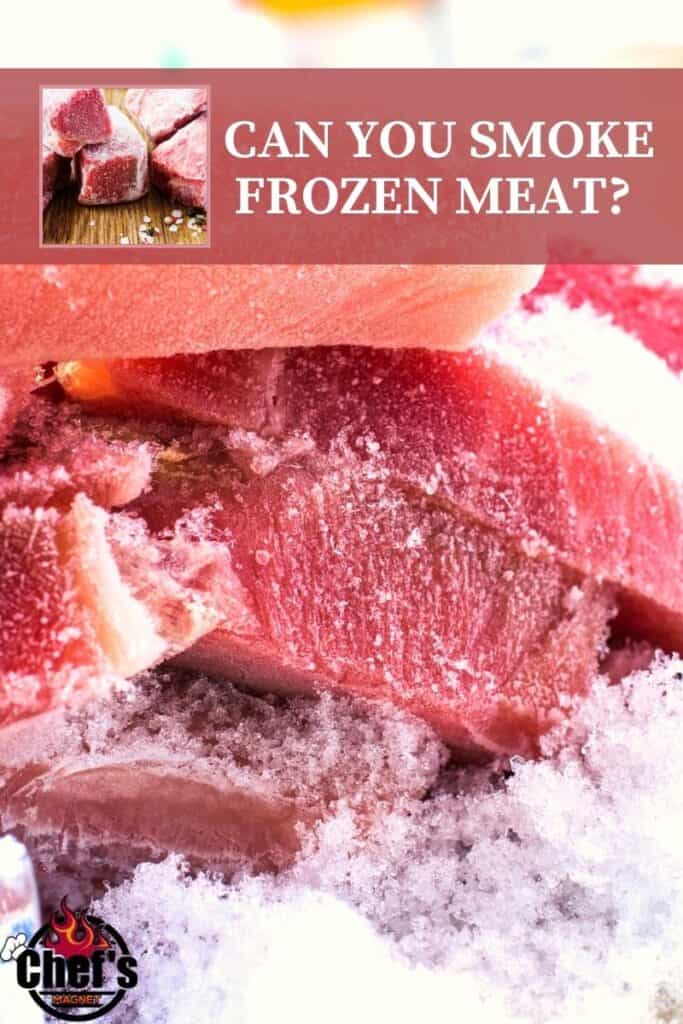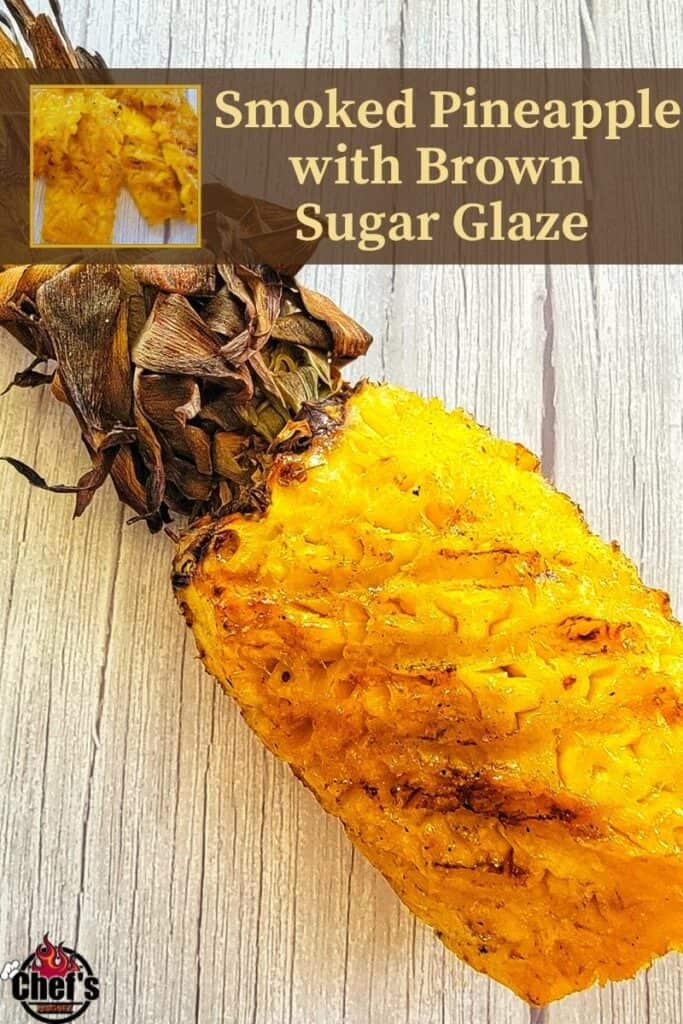Smoking salmon on a pellet grill is a delicious way to elevate the flavor of this prized fish. The process involves carefully balancing temperature, time, and wood choice to achieve that perfect smoky, savory taste. In this sweeping guide, we will answer all your burning questions about smoking salmon on a pellet grill while providing valuable insights and tips. So, let’s dive in and explore the world of smoked salmon!
What is the ideal temperature to smoke salmon?
The ideal temperature for smoking salmon is typically in the range of 175°F to 225°F (80°C to 107°C). This temperature range allows the salmon to cook slowly, absorbing the smoky flavor without overcooking or drying out the fish. Pellet grills are excellent for maintaining consistent temperatures, making them a great choice for smoking salmon.

How long does it take to smoke salmon at 225?
Smoking salmon at 225°F (107°C) is a common temperature choice. At this temperature, it usually takes 1.5 to 2 hours to smoke salmon fillets or steaks until they reach the desired level of doneness. The exact time may vary depending on the thickness of the salmon and the specific pellet grill you’re using.
How long do you smoke salmon at 200?
Smoking salmon at 200°F (93°C) requires more patience. On average, it takes 2 to 2.5 hours to smoke salmon at this lower temperature. The slower cooking process at 200°F allows for more thorough smoke penetration, resulting in a richer smoky flavor.
How long do you smoke salmon at 150?
Smoking salmon at 150°F (65°C) is not recommended because it falls within the danger zone for bacterial growth (40°F to 140°F or 4°C to 60°C). Cooking salmon at such a low temperature for an extended period can pose a food safety risk. It’s best to smoke salmon at temperatures above 175°F to ensure it reaches a safe internal temperature more quickly.
What is the best wood to use to smoke salmon?
The choice of wood plays a crucial role in imparting flavor to your smoked salmon. For salmon, fruitwoods like apple, cherry, or alder are excellent choices. These woods produce a mild, sweet smoke that complements the natural flavors of salmon without overpowering it. Avoid using strong, heavy woods like mesquite or hickory, as they can be too intense for this delicate fish.
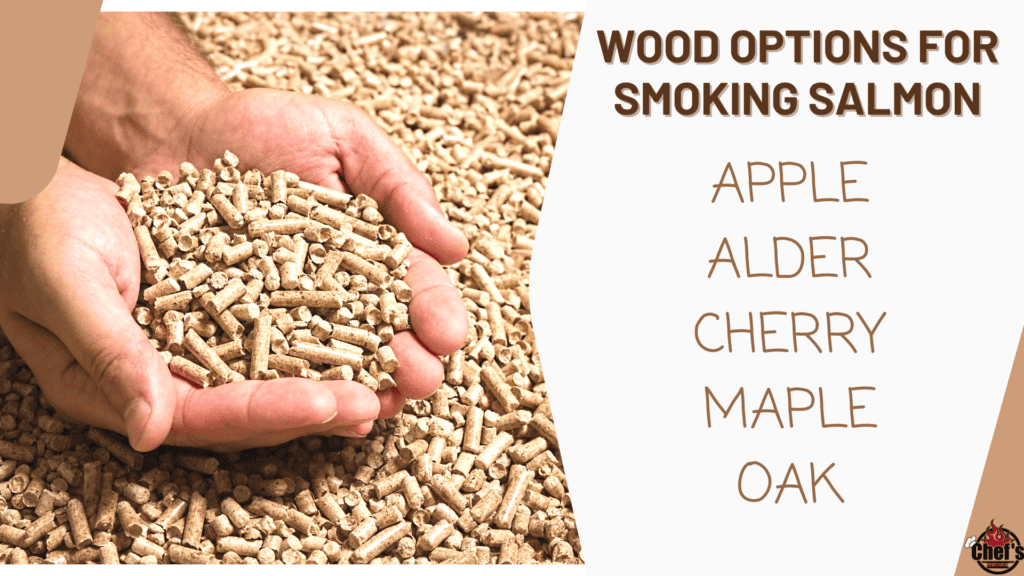
Can you smoke skinless salmon?
Yes, you can smoke skinless salmon, but leaving the skin on is generally recommended. The skin acts as a protective barrier, preventing the salmon from sticking to the grill grates and helping to retain moisture during the smoking process. If you choose to smoke skinless salmon, consider using a grilling mat or foil to prevent sticking and monitor the fish closely to prevent drying.
What temp do you smoke fish to?
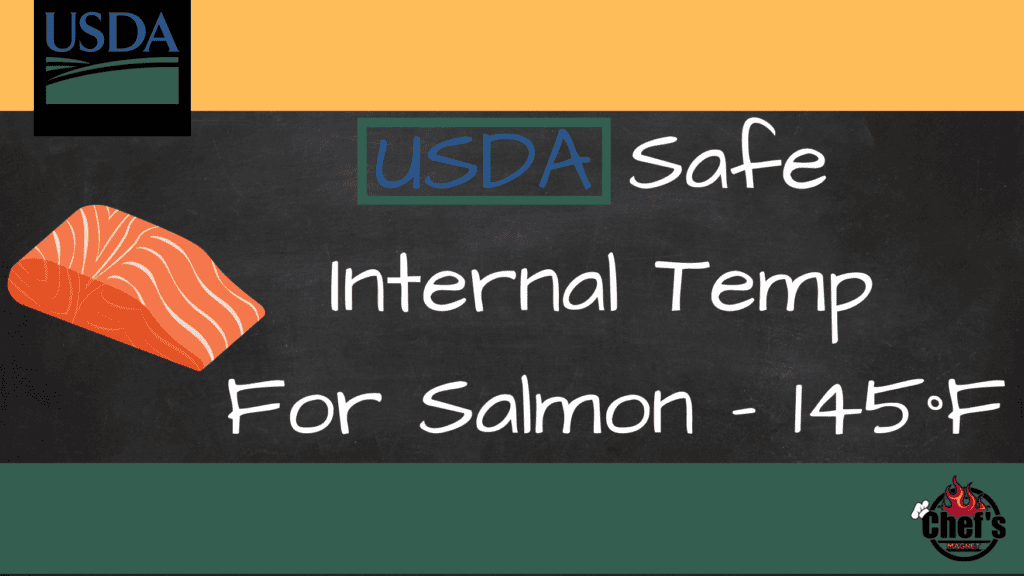
When smoking fish, including salmon, you should smoke it to an internal temperature of 145°F (63°C). This ensures the fish is safe to eat while retaining its moisture and flavor. Use a reliable meat thermometer to monitor the internal temperature of the thickest part of the salmon.
What salmon is best for smoking?
Fatty salmon varieties, such as King (Chinook) or Coho (Silver) salmon, are the best choices for smoking. Their higher fat content makes for a richer and more succulent final product. However, you can smoke any salmon variety you prefer, adjusting the smoking time and technique accordingly.
How long can you brine salmon?
The duration of the brining process can vary depending on personal preference and the specific recipe you’re following. Typically, you can brine salmon for 4 to 12 hours. Shorter brining times produce a milder flavor, while longer brining times enhance the fish’s smoky taste. Be sure to refrigerate the salmon while brining to prevent bacterial growth.
How do I know smoked salmon is done?
To determine if smoked salmon is done, use a meat thermometer to check the internal temperature. The salmon should reach 145°F (63°C). Additionally, the fish should have a slightly firm texture and a flaky appearance. It’s essential not to overcook the salmon to maintain moisture and flavor.

Should I use a water pan to smoke salmon?
Using a water pan in your pellet grill can be beneficial when smoking salmon. The water pan helps maintain a consistent and moist cooking environment, reducing the risk of the salmon drying out. It also helps regulate temperature fluctuations in the grill, promoting even smoking. Fill the water pan with hot water to expedite the heating process.
Can you smoke fish on a pellet grill?
Yes, you can absolutely smoke fish on a pellet grill. Pellet grills offer precise temperature control and consistent smoke production, making them an excellent choice for smoking various types of fish, including salmon, trout, and more. With the right wood choice and technique, you can achieve exceptional results.
Do you wrap salmon in foil when smoking?
While it’s unnecessary to wrap salmon in foil when smoking, some recipes and techniques call for it. Wrapping the salmon in foil can help retain moisture and infuse additional flavors into the fish. It’s a matter of personal preference; you can choose to smoke salmon directly on the grill grates or use foil for a different texture and flavor profile.
Do you have to cure salmon to smoke it?
Curing salmon before smoking is a common practice and can enhance both flavor and texture. Curing typically involves coating the salmon with a mixture of salt, sugar, and sometimes additional seasonings. This process not only adds flavor but also helps preserve the fish. While you don’t have to cure salmon before smoking, many prefer to do so for the best results.

What is the best fish to smoke?
While salmon is a popular choice for smoking, other fish that smoke well include trout, mackerel, whitefish, and catfish. These fish varieties have the right texture and flavor to absorb the smokiness while remaining moist and delicious. Experiment with different types of fish to find your favorite.
What is the best way to smoke fish?
The best way to smoke fish, including salmon, is to follow these general steps:
- Preparation: Clean and fillet the fish, removing bones and scales as needed. Optionally, brine or cure the fish for flavor and preservation.
- Preheat the Grill: Preheat your pellet grill to the desired smoking temperature (175°F to 225°F) and add the chosen wood pellets.
- Smoke: Place the fish on the grill grates, skin-side down if applicable. Smoke the fish until it reaches an internal temperature of 145°F (63°C). Baste or glaze the fish with your preferred sauce or seasoning as desired.
- Rest and Serve: Allow the smoked fish to rest for a few minutes before serving. The resting period helps redistribute juices, ensuring a moist and flavorful result.
Can you get food poisoning from smoked salmon?
Food poisoning from smoked salmon is rare but possible if proper food safety precautions are not followed. To reduce the risk of foodborne illness, make sure to:
- Source fresh and high-quality salmon.
- Keep the salmon refrigerated or at a safe temperature (below 40°F or 4°C) before and after smoking.
- Cook the smoked salmon to an internal temperature of 145°F (63°C).
- Maintain proper hygiene during food preparation, including handwashing and sanitizing utensils and surfaces.
Can smoked salmon make you sick?
Smoked salmon can potentially make you sick if it is not handled, stored, or cooked correctly. Bacteria, such as Salmonella or Listeria, can contaminate salmon if not handled with care. To minimize the risk of illness, follow food safety guidelines when handling and consuming smoked salmon.
Why is smoked salmon bad for you?
While smoked salmon can be a healthy source of protein and omega-3 fatty acids, some concerns arise from the smoking process. Traditional smoked salmon can be high in sodium, which may not be suitable for individuals with high blood pressure or sodium-restricted diets. Additionally, the formation of specific compounds during smoking, such as polycyclic aromatic hydrocarbons (PAHs), can be a health consideration. To mitigate these concerns, opt for low-sodium smoked salmon or enjoy it in moderation.
Why is my smoked salmon salty?
Smoked salmon can become overly salty if it has been brined or cured with too much salt or has not been rinsed adequately before smoking. To reduce the saltiness of smoked salmon, rinse it under cold running water after brining or curing. Alternatively, you can briefly soak the salmon in cold water before smoking to remove excess salt.
How long do you brine fish before smoking?
The duration of brining fish before smoking can vary depending on the size and thickness of the fish pieces, as well as personal preference. As a general guideline, small fish fillets may require 1 to 2 hours of brining, while larger fish or whole fish may benefit from 4 to 8 hours or even overnight in the brine solution. Adjust the brining time to achieve your desired level of flavor and saltiness.
Is smoked fish healthy?
Smoked fish can be a healthy addition to your diet, as it is a good source of protein, omega-3 fatty acids, and essential vitamins and minerals. However, it’s essential to consider certain factors:
- Sodium Content: Traditional smoked fish can be high in sodium, which may not be suitable for individuals with dietary restrictions or high blood pressure.
- Smoking Process: Some compounds, such as PAHs, can form during the smoking process and may have health implications if consumed in excess.
- Quality: Choose high-quality smoked fish products from reputable sources to ensure they are prepared and smoked correctly.

Conclusion
Smoking salmon on a pellet grill is a rewarding culinary adventure that can result in mouthwatering, flavorful fish. By carefully controlling the temperature, choosing the right wood, and following proper techniques, you can enjoy the delicious taste of smoked salmon safely and confidently. Remember to prioritize food safety and consider health factors when enjoying this beloved delicacy. With practice and experimentation, you’ll become a master of smoked salmon, delighting family and friends with your culinary creations.

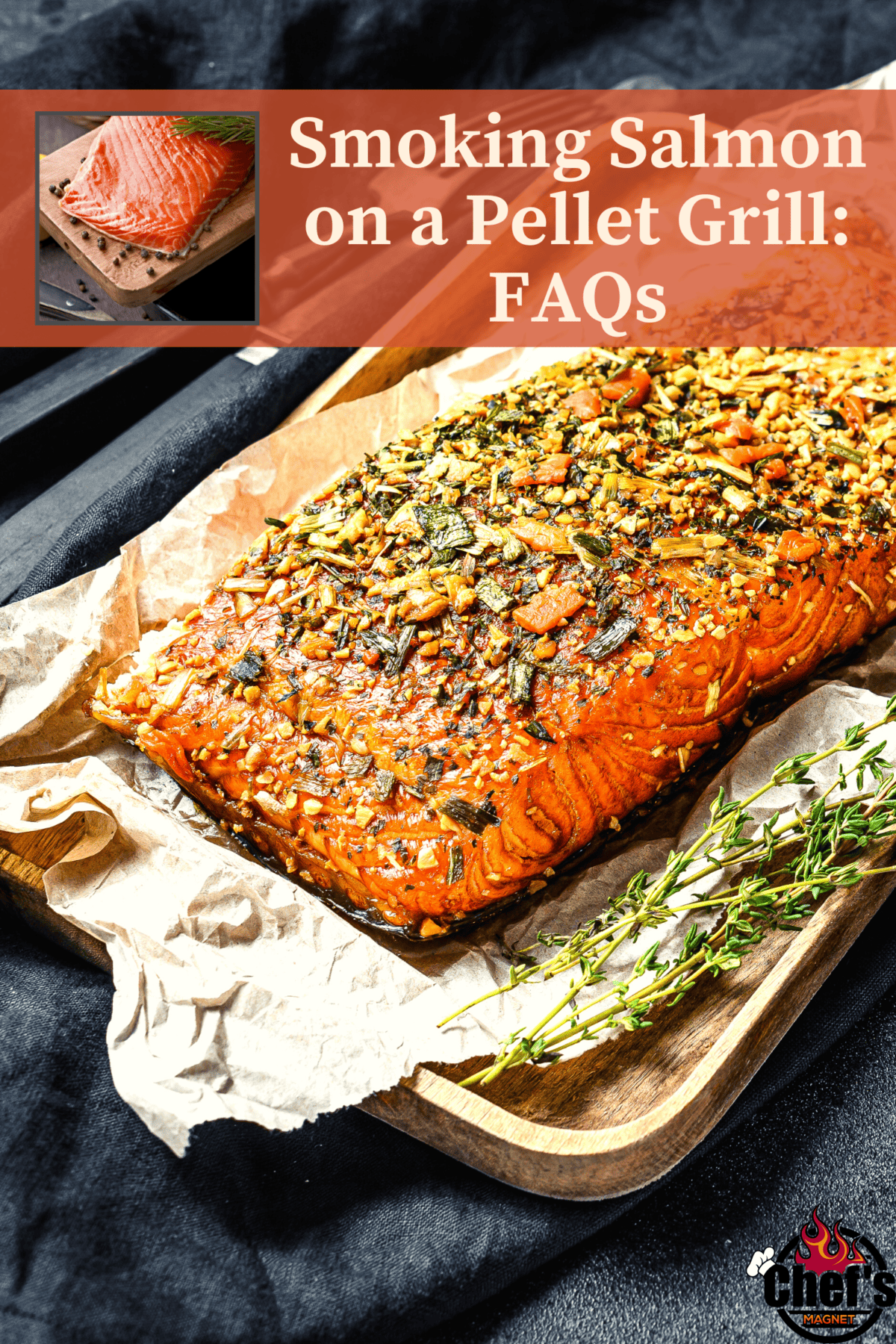
![Personalized Science T-Shirt, [NAME] Eats Bacon Periodically, Science Gift For Teachers, Gift For Dad](https://i.etsystatic.com/39088648/c/677/537/250/479/il/81da41/5524136388/il_170x135.5524136388_ejht.jpg)
![Personalized Funny BBQ Gift T-Shirt, [NAME] Likes To Smoke Food It Gives Him A Reason To Play With Fire, Gift For Men, Gift For Dad](https://i.etsystatic.com/39088648/c/715/567/310/398/il/df3b57/5524134348/il_170x135.5524134348_l4vh.jpg)
![Personalized Funny BBQ Gift T-Shirt, [NAME]'s Addicted To Smoking, Gift For Men, Gift For Dad](https://i.etsystatic.com/39088648/c/688/546/321/419/il/04f17e/5572258249/il_170x135.5572258249_loz4.jpg)
![Personalized Option Funny BBQ Gift T-Shirt, Don't Worry I Got This I Watched A YouTube Video, Quite by [NAME] Gift For Men, Gift For Dad](https://i.etsystatic.com/39088648/c/1451/1152/714/207/il/eecec9/5524515802/il_170x135.5524515802_qbvj.jpg)


![Personalized Funny BBQ Gift Mug, Don't Worry I Got This I Watched A YouTube Video, By [NAME], Gift For Men, Gift For Dad](https://i.etsystatic.com/39088648/c/2982/2368/0/27/il/cf62b0/5272771721/il_170x135.5272771721_pz0h.jpg)

![Personalized Science Apron, [NAME] Uses [Pronoun] Smoker Periodically, Science Gift For Teachers, Gift For Dad](https://i.etsystatic.com/39088648/c/2982/2368/0/9/il/6bf723/5272542103/il_170x135.5272542103_18nf.jpg)





